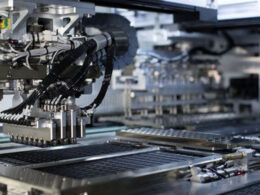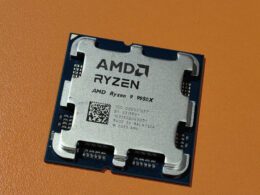The memory chip industry was in a vulnerable state for most of last year, but market players are optimistic about its potential for growth, hence, they’re investing heavily in production modernization. Local government assists companies Kioxia and Western Digital in Japan by shouldering up to a third of the capital costs.
Government Subsidies for Modernization
According to the Nikkei Asian Review, Japan’s Ministry of Economy, Trade and Industry announced that the country is set to support the two manufacturers in modernizing their solid-state memory-producing establishments in Japan with a total of approximately $1.6 billion. Kioxia and Western Digital, however, are planning to spend around $4.9 billion on the initiative, which means government subsidies will cover about a third of the cost. The two companies have a long history of collaboration through a joint venture that originated during the existence of Toshiba and SanDisk. Toshiba’s business went to Kioxia, while Western Digital absorbed SanDisk.
Modernization Projects and Investment
The budget encompasses a project for the modernization of two factories in the west and north of Japan, which will be able to produce eighth and ninth-generation solid-state memory with enhanced read/write speeds and reduced power consumption. These memory chips can be effectively used in artificial intelligence systems. In total, approximately $3 billion is planned to be spent on the modernization of the two facilities, with about a third covered by government subsidies. The Japanese government hopes that the two facilities will create around 9000 new jobs in their respective regions.
Support for Western Digital and Future Production
At the same time, by supporting the initiative of the American company Western Digital, the Japanese government can demonstrate loyalty to its overseas political partners. Deliveries of the new generation of memory following the factories’ modernization are expected to begin in September of next year.





